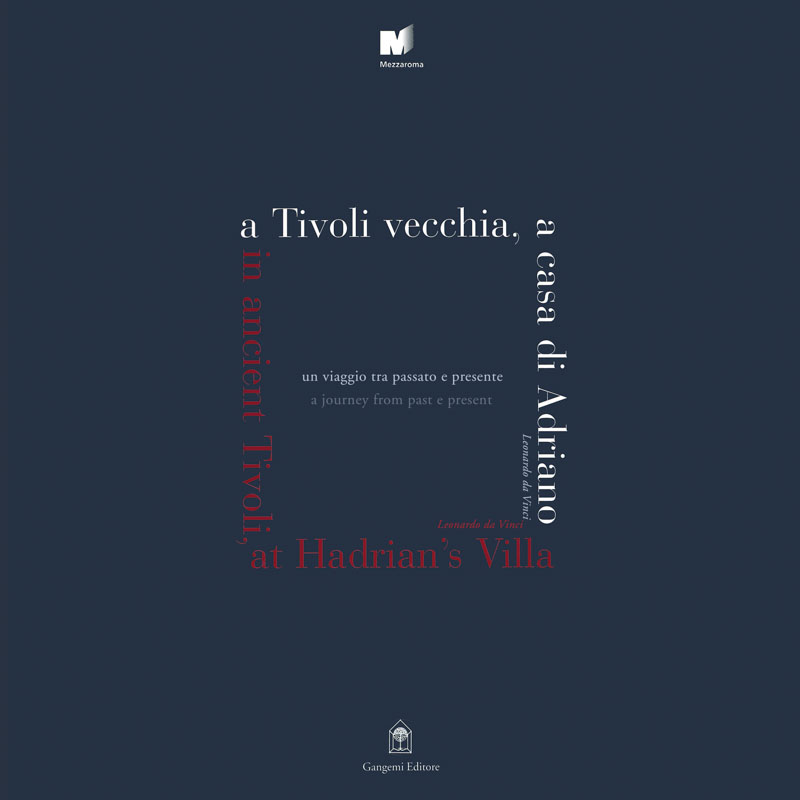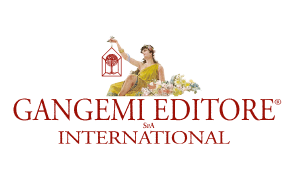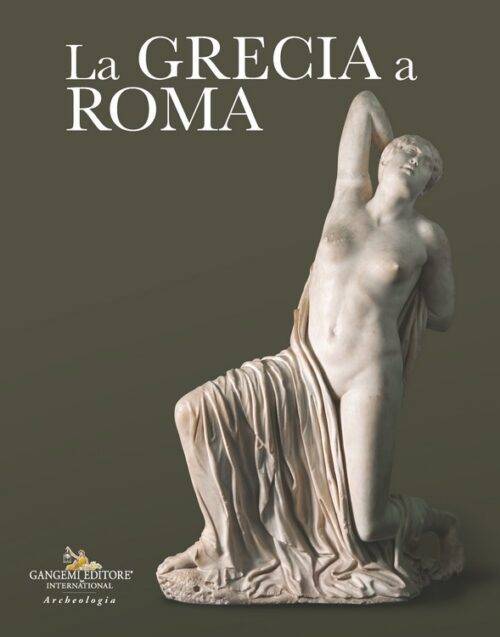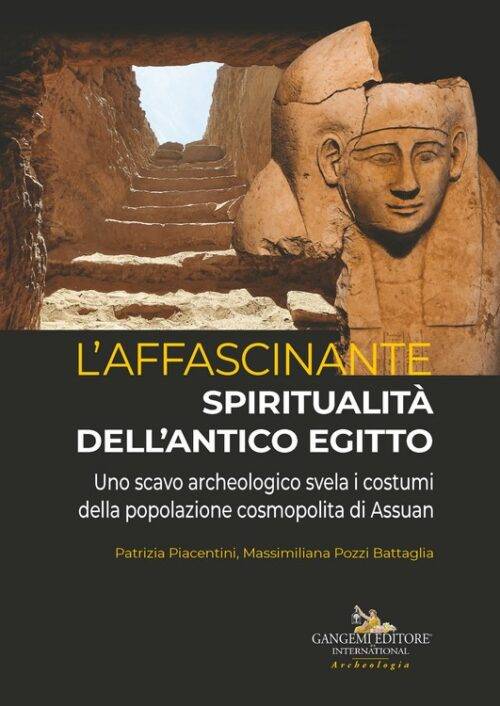
50,00 €
Potrebbero interessarti anche
A Tivoli vecchia, a casa di Adriano – In ancient Tivoli, at Hadrian’s Villa
Un viaggio tra passato e presente - A journey from past to present
Autori: Aa.Vv.
Facing English text
Formato: 30 x 30 cm
Legatura: Pieghevole
Pagine: 10
Anno edizione: 2005
ISBN: GE6055
EAN: GE6055
UB. INT. : V15f V27a R
Contenuto
Adriano non c’è dubbio è la figura più affascinante tra gli imperatori romani. Lo è per una serie di ragioni e anche perché la sua vita è stato oggetto di un romanzo tra i più belli scritti nel ‘900: le memorie di Adriano di Marguerite Yourcenar che è uno dei libri più fortunati tra quelli che ricordano la storia di Roma. Ma il suo fascino ovviamente non sta soltanto in questo racconto straordinario ma anche in quello di essere stato un combattente e nello stesso tempo un appassionato della bellezza che ha avuto un rapporto particolare con l’architettura.
In fondo è l’unico architetto di cui sappiamo che non soltanto si limitò a valorizzare l’architettura come strumento di imperio ma fu architetto egli stesso. Adriano ha fatto da regista nella costruzione della più grande villa del mondo, non solo ai suoi tempi, la famosa Villa Adriana, che fu realizzata nei pressi di Tivoli e che è stata una fonte di studio e di ispirazione dall’antichità fino ad oggi con l’intervallo del periodo medioevale.
Un insieme in cui tra paesaggio ed architettura esiste una straordinaria armonia, non basata su una semplificazione tra questo rapporto architettura/paesaggio ma in un rispecchiamento nel microcosmo dell’architettura della ricchezza e della complessità del paesaggio.
Proprio per questo carattere che disubbidisce all’idea accademica dell’architettura classica come un’architettura fatta di orientamenti precisi di maglie ortogonali e di strutture semplificate, Villa Adriana ha una serie di assi contrastanti che rispondono alle esigenze delle giaciture del terreno e che realizzano un insieme sorprendente che è difficile immaginare ma che sicuramente quando la villa era ancora integra dava la sensazione non tanto di una villa quanto di un mondo, di un universo, un universo basato sulla ricchezza e la complessità, sulla diversità, sulla contraddizione. Ed è proprio questo culto, questo gusto della complessità e della contraddizione che ha determinato la popolarità di Villa Adriana tra gli architetti della seconda metà del secolo ventesimo.
Hadrian is without any doubt the most fascinating figure among all the Roman emperors. This is for a series of reasons and also because his life was the subject of one the most beautiful novels written in the twentieth century: The Memoirs of Hadrian by Marguerite Yourcenar, which is one of the most successful books among those which recall the history of Rome. Obviously Hadrian’s charm is not only affirmed by this extraordinary tale but also by the fact that the emperor was a soldier and at the same time someone with a true passion for beauty, particularly regarding architecture. He is the only known architect who didn’t limit himself to the valuing of architecture as solely a tool of the empire, for he was also a working architect himself. Hadrian played the role of director in the construction of the biggest villa in the world — not only in his time — the famous Hadrian’s Villa, built close to Tivoli, and which has been a source of study and inspiration from ancient times until today (with the exception of the medieval period). It is a composition in which landscape and architecture coexist in extraordinary harmony; an affirmation not only based on a simplified relationship between architecture and landscape but also on a more magical reflection of the architecture ‘microcosm’ in the riches and complexities of the landscape.
Hadrian’s villa disobeys the academic idea of classical architecture an architecture made of precise orientation, orthogonal nets and simplified structures. The villa proposes instead a series of conflicting axis, answering to the needs of the land and realising therefore a surprising composition. It is difficult to imagine but back in Hadrian’s time the construction probably gave not the sensation of a villa, but of a world; a universe based on richness and complexity, diversity and contradiction. This is the ‘cult’, this taste for complexity and contradiction, which has determined the popularity of Hadrian’s villa among the artists of the second half of the twentieth century.
Parole chiave
Condividi su













